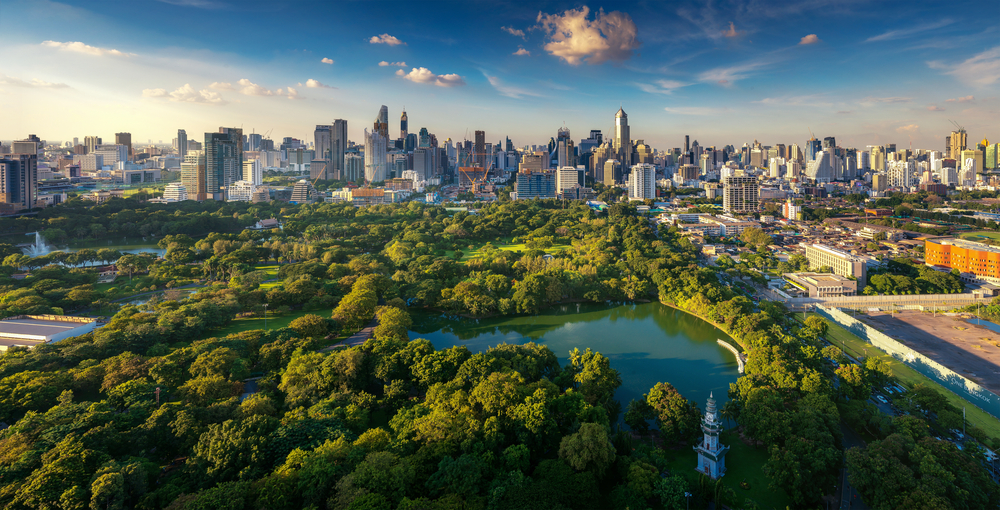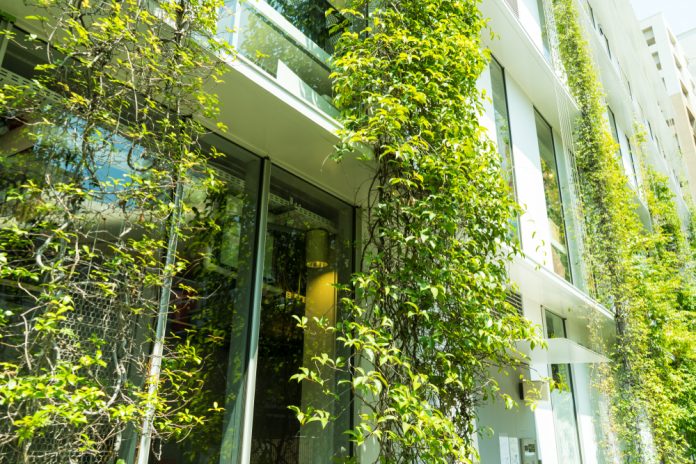New research reveals that cities in the Global South are increasingly vulnerable to extreme heat due to a significant lack of cooling green spaces.
This disparity, when compared to cities in the Global North, highlights a pressing need for urban greening strategies to combat the escalating threat of heat-related illnesses and deaths.
Cooling disparities between Global North and South
The study, conducted by an international team including researchers from Nanjing, Exeter, Aarhus, and North Carolina State universities, found that cities in the Global South have only 70% of the ‘cooling capacity’ provided by urban green spaces compared to their counterparts in the Global North.
This difference is starkly evident as temperatures rise globally and urban heat island effects intensify, making cities significantly hotter than surrounding rural areas.
Professor Tim Lenton of the Global Systems Institute at the University of Exeter emphasises the importance of urban green spaces, noting: “Urban greenery is a really effective way of tackling what can be fatal effects of extreme heat and humidity.
“Our analysis suggests green spaces can cool the surface temperature in the average city by about 3°C during warm seasons – a vital difference during extreme heat.”
The environmental benefits of green spaces
Urban green spaces, such as parks, urban forests, and rooftop gardens, play a crucial role in cooling cities through shading and transpirational cooling—the process of water evaporation from plants.
These spaces not only lower surface temperatures but also contribute to better air quality, reduced energy consumption, and enhanced biodiversity. In the face of climate change, the environmental benefits of green spaces extend beyond temperature regulation.

They serve as carbon sinks, sequestering CO2 and helping to mitigate urban pollution. Green spaces also foster resilience against flooding by absorbing rainfall, thus reducing the strain on urban drainage systems.
A global need for urban greening
The study’s findings, based on satellite data from the world’s 500 largest cities, underscore a vast potential to enhance urban cooling in the Global South and address growing inequality.
All of the top ten cities for cooling capacity are in the United States, with Charlotte and Raleigh-Durham leading the list. In contrast, Mogadishu in Somalia ranks lowest, followed closely by Sana’a in Yemen and Rosario in Argentina.
The analysis also revealed that the average resident in the Global South experiences a cooling benefit of just 2.2°C from urban greenery, compared to 3.4°C for residents in the Global North.
This disparity is largely due to the quantity and management of vegetation, as well as differences in tree species.
Professor Jens-Christian Svenning of Aarhus University added: “The good news is that this nature-based solution to cooling can be substantially improved across the Global South, helping to tackle future heat stress for billions of people.”
Future targets
Re-greening cities, particularly in the Global South, will be challenging and costly in the short term, but it is essential for making urban areas liveable in the face of climate change.
Potential solutions include expanding ground-level green spaces, implementing vertical and rooftop gardens, and protecting existing greenery from further loss.
As cities grapple with rising temperatures, green spaces emerge as a critical tool for not only reducing heat but also enhancing the overall environmental health and sustainability of urban areas.
Investing in these natural cooling systems is imperative for safeguarding the well-being of millions in the Global South.





